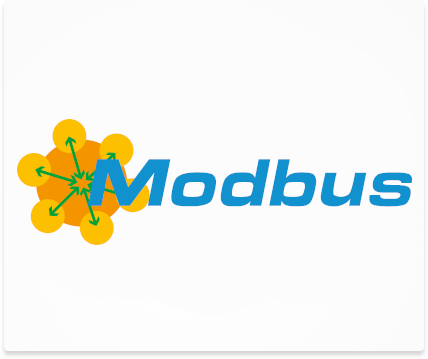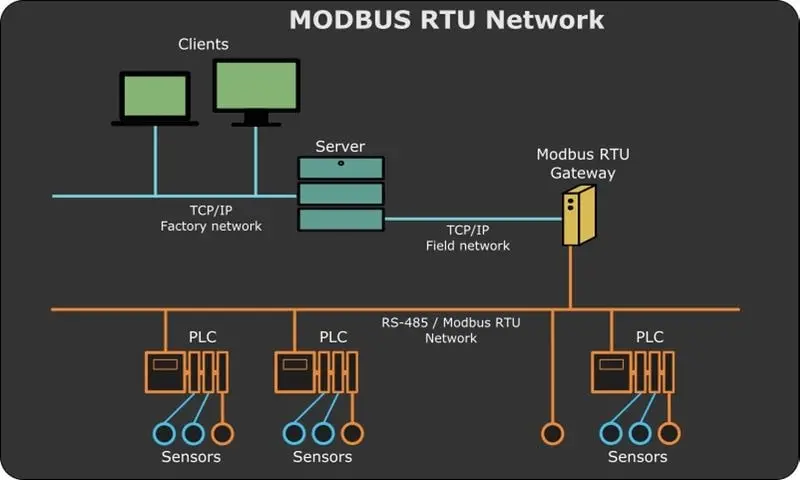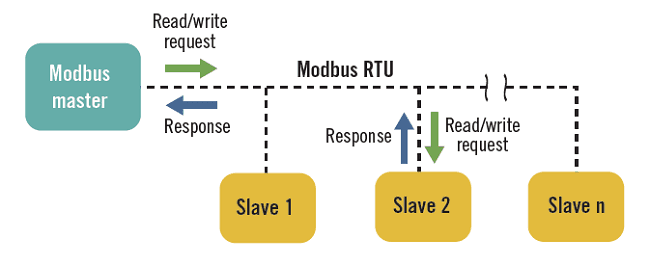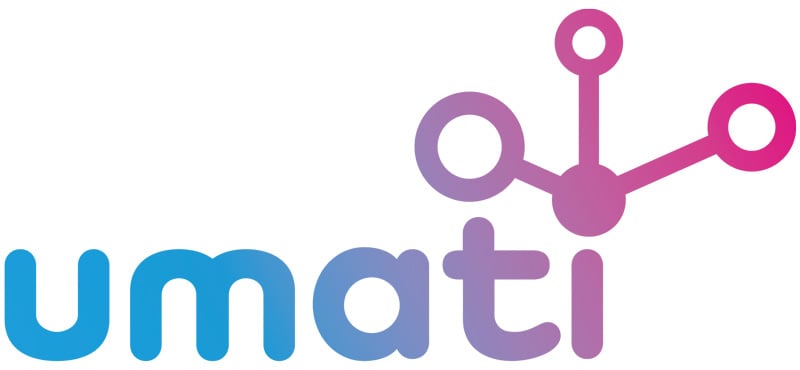Collecting Data with Modbus
Modus is the oldest industrial automation communication protocol. It’s a common language used for connecting automation devices and equipment, enabling them to communicate within the connected factory or network. It’s often used for process automation and systems like SCADA.

Reading Data from Modbus Devices
What is the Modbus Protocol?
Modbus is a serial communication protocol developed by Modicon published by Modicon® in 1979 for use with its programmable logic controllers (PLCs). In simple terms, it is a method used for transmitting information over serial lines between electronic devices. (Definition provided by Schneider Electric)
Modus is the oldest industrial automation communication protocol and is offered across many types and brands of devices. It’s a common language used for connecting automation devices and equipment, enabling them to communicate within the connected factory or network. It’s often used for process automation and systems like SCADA.
Having been originally developed to work over Serial networks, Modbus messages are now able to be sent over Ethernet and TCP/IP.
 Image Source: Virtual Serial Port
Image Source: Virtual Serial Port
What is Modbus Used For?
Modbus was initially designed as a serial communication protocol. It allows data transmission via serial bus lines for communication between connected devices. It’s an open-source protocol, so developers can create devices to fit into its ecosystem.
Modbus transmits data from devices to a controller or data collection system such as a machine data platform. This transmission may include temperature, humidity, fill levels, deviation alarms, setpoint, sensor failure, and more. It’s highly used in SCADA systems, enabling managers to deploy solutions based on insights generated by an MES or machine data platform.
Modbus: A Standard Communication Protocol
Because it’s the oldest communication standard used in industrial automation, Modbus has the distinction of more or less being its own standard. It’s managed by the Modbus organization and has grown to become a free open-source tool for providing devices with an automation protocol for industrial use.
What Other Protocols Does Modbus Work With?
Modbus offers many options for use as a transport layer and was designed for use over serial bus lines. It can also be used with EtherNet and the Internet Protocol (IP) suite.
How Does Modbus Work?
The primary use of Modbus is over serial lines. It works on both RS-232 and RS-485 serial communication standards; it can also run with Serial RS-422 and EtherNet. When operating on RS-485, Modbus can accept longer cable distances and higher speeds. It also allows multiple devices to be deployed across a single multi-drop network.
Modbus uses a traditional master-slave or server/client scheme to operate. The master operates as the server unit, and slave units supply data to the master unit. Slave units may be I/O ports, network drives, and devices that measure machine conditions.
 Image Source: Control Global
Image Source: Control Global
As the server unit, the master may send instructions to one, all, or a select group of slaves. In RS-485 systems, there can be as many as 247 slaves per master unit. Data is transmitted from the machine and collected by the slave units. The data is then sent in binary code to the master. The RS-485 protocol also uses a two-wire connection with differential voltage, meaning the system can realize two-way data transfer.
Modbus uses hexadecimal to group data together, making troubleshooting the system easier. Slave units hold the data in one of four tables. When transmitted, the slave device address is sent in the header. Master units send a function code, so slave units know the correct table to access and whether they are to read or write data to the table.
Modbus has several versions, including Modbus RTU, Modbus ASCII, and Modbus TCP. The distinction with Modbus ASCII is that it uses an ASCII table instead of hexadecimal tables for data storage within slave devices.
Benefits of Modbus
Modbus has many benefits for users. They include:
- Reliability: Modbus is the oldest industrial automation communication protocol around. It’s simple to use and program, so learning curves are low.
- Open-Source: Modbus is an open-source protocol, so any vendor can use it for a broad range of connectivity and smart sensor devices.
- Legacy Infrastructure: Many manufacturers invested significantly in early automation. Modbus is highly friendly to configurations, DLR, nodes, drops, and other infrastructure that could be obsoleted with a new or more advanced protocol.
- Rapid Deployment: Modbus is easily and immediately integrated into SCADA and other control systems.
- Flexibility: Modbus has adapted to new and emerging technology. For example, Modbus TCP can be converted with adaptors to integrate with LAN and remote-control systems. It can also utilize web-based and cloud-based platforms.
- Simplicity: Because communication is simple, it can easily be extended to new technologies. For example, Modbus TCP/IP is fast-deployed because of the simple instruction set. It can also work with EtherNet without added chips or boards.
How Do I Ensure Connectivity to All Equipment?
This is where a connectivity solution like MachineMetrics comes into play. MachineMetrics is a Machine Data Platform that enables connectivity to any make and model of equipment, including legacy machines.
MachineMetrics is the leading platform to collect, monitor, analyze, and drive action with manufacturing equipment data. Our platform easily captures data from your manufacturing equipment and provides a complete toolkit to drive actionable insights for frontline workers and other factory floor systems that improve the efficiency and quality of production.
You can easily connect to, and collect data from all your devices for complete operational visibility.
Want to see the platform in action? Book a Demo Today.



